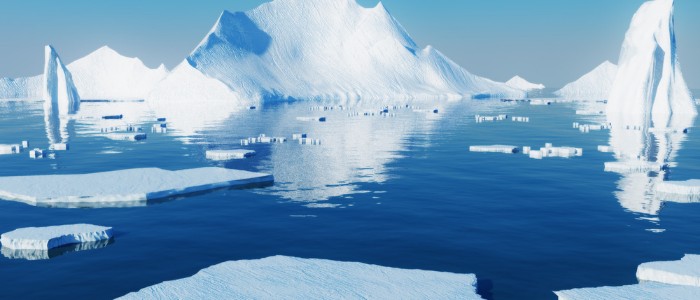

How is sea ice in the Arctic and Antarctic changing?
Sea ice is the frozen portion of the polar oceans, covering roughly 3 to 6% of Earth’s surface area at any given time. Earth hosts major sea ice systems at both poles, i.e. one in the Arctic Ocean and another in the Southern Ocean around Antarctica, here simply referred to as Antarctic sea ice. Ice forms in local autumn/winter and melts in local spring/summer, driven by exchanges of heat between the sea ice, ocean, and atmosphere. Sea ice is typically bright (snow-covered ice can reflect away more than 80% of incoming solar radiation). As sea ice melts, it exposes the darker (less reflective) water beneath it, and the planet’s surface becomes darker and warmer overall. By this mechanism, sea ice can amplify changes in the climate system (e.g. warming leads to melt, exposing darker surfaces, which leads to additional absorption of incoming sunlight and therefore more melt). In addition to its direct relevance for climate, sea ice has a large impact on ocean biology and serves as a home and/or hunting ground for some large animals (for example, polar bears in the Arctic Ocean and emperor penguins around Antarctica).

